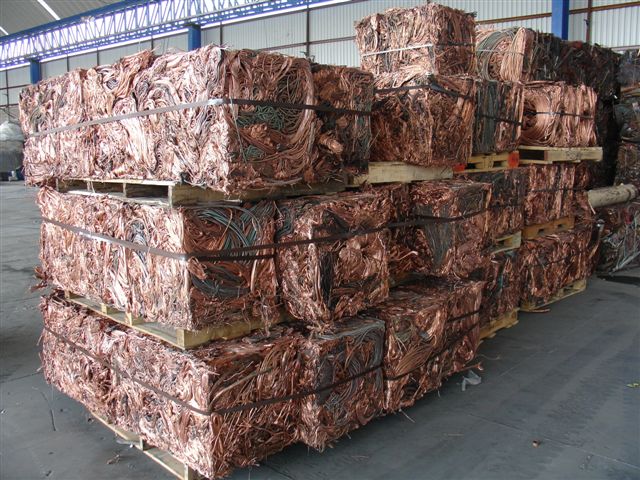Recently I learnt about secondary copper smelter, the problems raised due to the processes, and what alternative solutions are. The motive was very clear: I need to prepare for the upcoming project. As already describled here, a process engineer is responsible for the process during project preparation and project execution. And that’s exactly what I am doing right now.
What is the problem?
Copper is the most recyclable metal. It can be recycled many times.
We found copper everywhere, for example from electric cable. When the cable was disposed, it is usually recycled to recover the copper. But before doing so, we need to do pretreatment, for example removing the insulation first.
After pretreatment, copper from wire (we called it scrap) is shredded and compacted into briquette form. The problem raised when the briquettes were smelted. Can you guess? The air emission.
What am I doing? I need to find what may cause the problem and what the solution? And here the “journey” begins.
Methods of Copper Smelter
Based on the source of copper, copper smelter method is divided into two categories: primary copper smelter and secondary copper smelter.
If the source of copper material came from earth (ore), then it is primary copper smelter. But, if the source came from scrap (pipe, wire, bushing, bearing, etc), then it is secondary copper smelter.


Problems in Secondary Copper Smelter
Organic materials in feed such as oils, plastic, and coatings at temperature 250 and 500 oC may give raise to chemical listed in Annex C of the Stockholm Convention (Polychlorinated dibenzo-p-dioxins (PCDDs), polychlorinated dibenzofurans (PCDFs), polychlorinated biphenyls (PCBs), and hexachlorobenzene (HCB)).
The principal pollutant emitted from secondary copper smelter is particulate matter. Smelting process utilizes large volumes of air to oxidize sulfides, zinc, and other undesirable constituents of the scrap. This oxidation generates particulate matter in exhaust gas stream.
Alternative Solutions
Wire burning generates large amounts of particulate matter, primary composed of partially combusted organic compounds. The emissions can be effectively controlled by direct-flame incinerators called afterburners. Efficiency of 90% or more can be achieved by maintaining temperature in afterburners at 1000oC.
On the next post I will share to you what afterburners is, the process, and advantages, and disadvantages. Do you think this post is useful? Please share… 🙂
References
- Primary copper smelter. http://www.epa.gov/ttnchie1/ap42/ch12/final/c12s03.pdf
- Secondary copper smelter. http://www.epa.gov/ttnchie1/ap42/ch12/final/c12s09.pdf